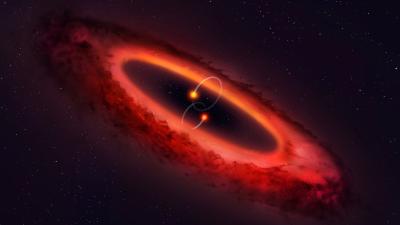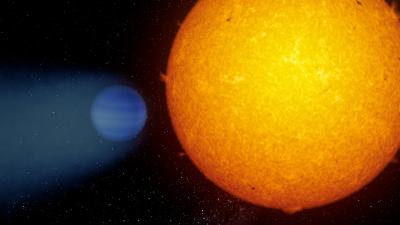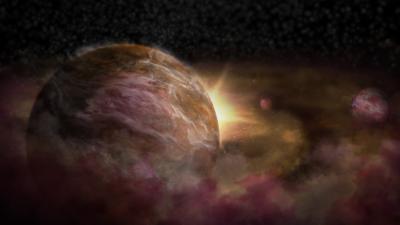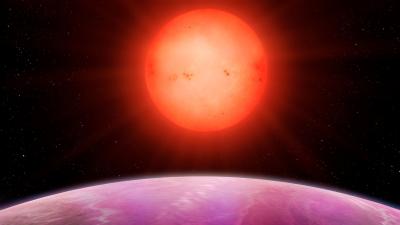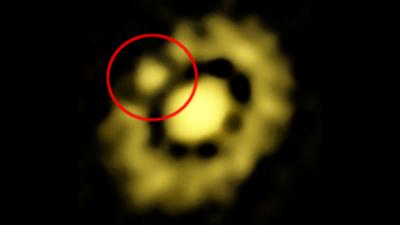planet formation
-
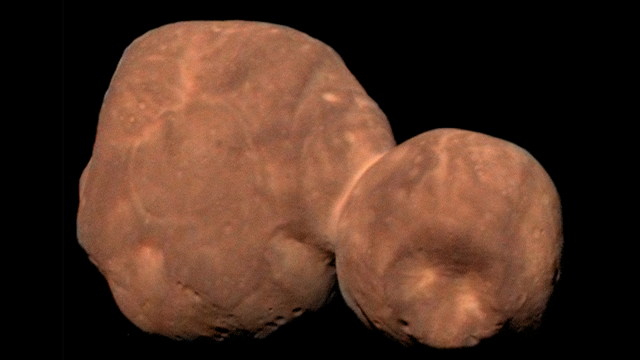
Mysterious Object Beyond Pluto Could Help Explain How Our Solar System Formed
Nothing you encounter is truly “pristine.” Nearly every atom on our planet has been processed in some way, either by humans, the Sun, Earth’s core, or other influences. But on New Year’s Day 2019, the New Horizons mission flew past one of the most pristine objects in the solar system: Arrokoth, an object far beyond…
-
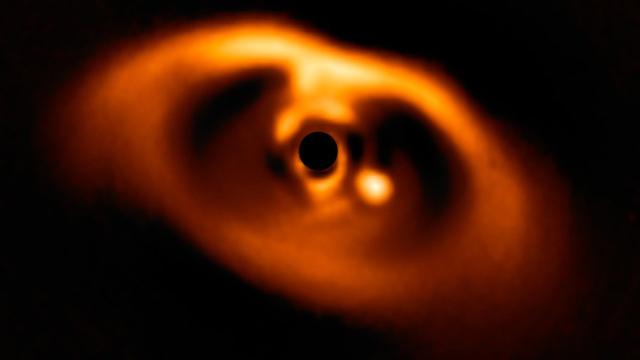
Astronomers Have Captured First Direct Evidence Of An Exoplanet Being Born
At this point, we’ve spotted several thousand exoplanets – there’s nothing super exciting any more about finding a distant star with several worlds orbiting it. But today, scientists are announcing that they have seen an exoplanet in the middle of forming.
-
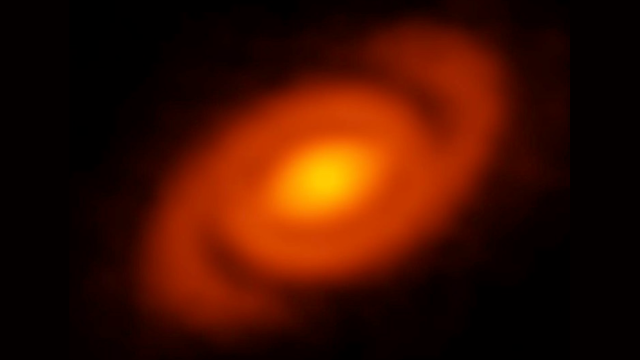
Baby Solar System Sprouts Mysterious Galaxy-Like Arms
A stunning photograph taken from the ALMA observatory in Chile shows a young star surrounded by a large disk of gas and dust. Like our very own Milky Way, this protoplanetary disk exhibits a spiral structure — a feature that could solve a lingering mystery about how planets start to form.
